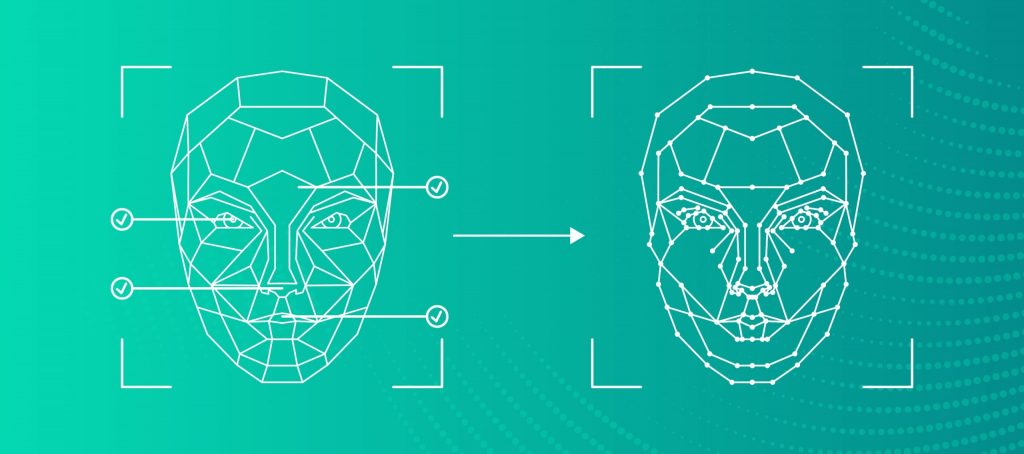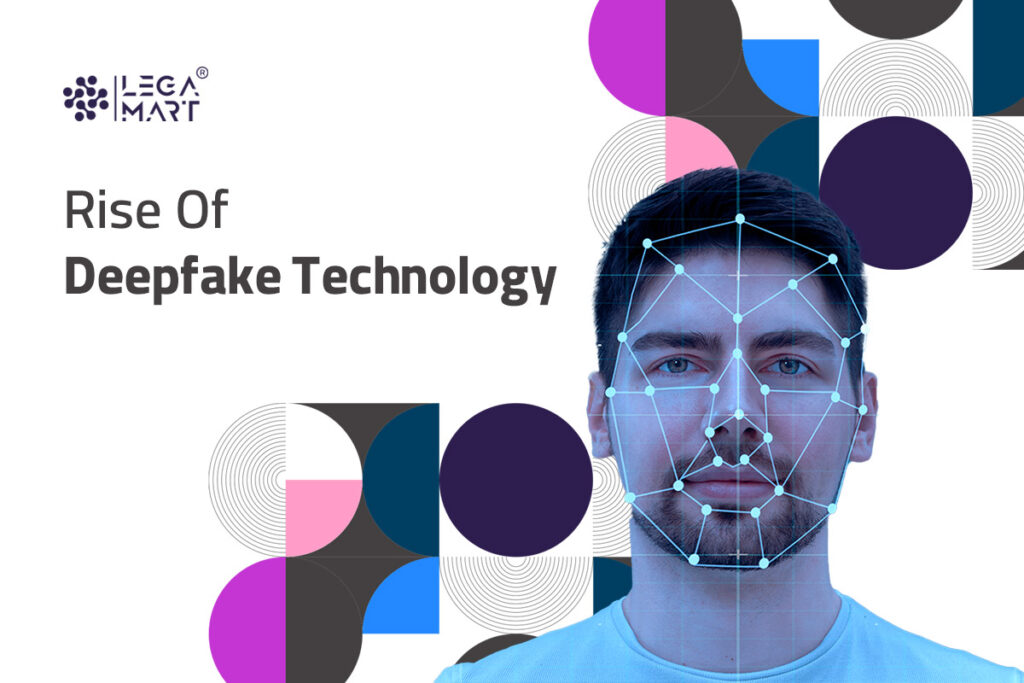Deepfake, or AI that enables the creation of fake videos or audio recordings in which people’s faces are replaced by other faces or their gestures and speech are manipulated, is currently experiencing a significant boom.
This technology can be used for various purposes, including entertainment applications such as fake movies or comedy. Unfortunately, it can also be used for information manipulation, including spreading disinformation, extortion, and privacy breaches.
Deepfake technology poses many risks and challenges that can have impacts on various areas of society. What are these risks?
Information manipulation: Deepfake videos are often created so realistically that they can spread disinformation and manipulate public opinion. Politicians, celebrities, or ordinary people can become targets when their faces are placed in fake videos or audio recordings.
Spread of fake news: Deepfake technology can be used to create fake news or events, leading to chaos and public distrust in the media and information sources.
Privacy breaches: The use of deepfake technologies can result in the violation of individuals’ privacy when their faces or identities are used without their consent.
Misuse of public figures: Politicians, celebrities, and other public figures can be targeted by deliberate attacks using deepfake technologies, damaging their reputation and credibility.
Cyberbullying and extortion: Deepfake videos can be used to extort individuals or to bully them when their faces are placed in inappropriate situations or activities.
Potential use in crimes: Deepfake technology can be abused to falsify evidence in investigations and court proceedings, which can have serious consequences for justice.
These risks highlight the need for the development and implementation of regulations and protective measures that could minimize the negative impacts of deepfake technologies and protect the public from their misuse.
Therefore, be cautious and verify information.




